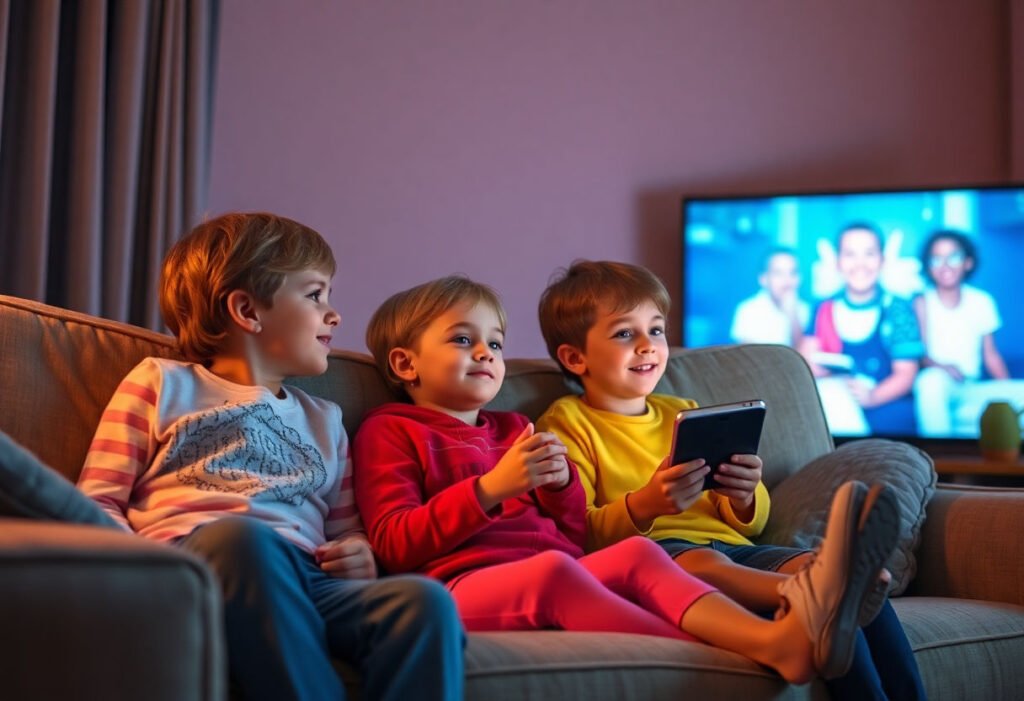Exploring feelings can be like going on an adventure. For kids, movies can open doors to understanding emotions. They bring stories that help kids see and feel joy, sadness, and many other emotions. Films like Inside Out and The Lion King offer relatable stories and characters. These movies teach empathy, friendship, and self-discovery. Kids learn about trust, letting go, and acceptance. Such films shape emotional literacy in fun, memorable ways. Discover how animated stories can make emotions easier to understand and enjoy. Dive into the enchanting world where cartoons meet life lessons.
Key Takeaways
- Children’s movies can teach emotions, empathy, and communication skills.
- Relatable characters in films help children understand core emotions.
- Animated films make emotions easy for kids to grasp through exaggerated expressions.
- Movies like The Lion King and Frozen explore themes like grief and self-discovery.
- Films play a vital role in teaching emotional literacy and life skills to children.
Why Movies Matter in Emotional Development
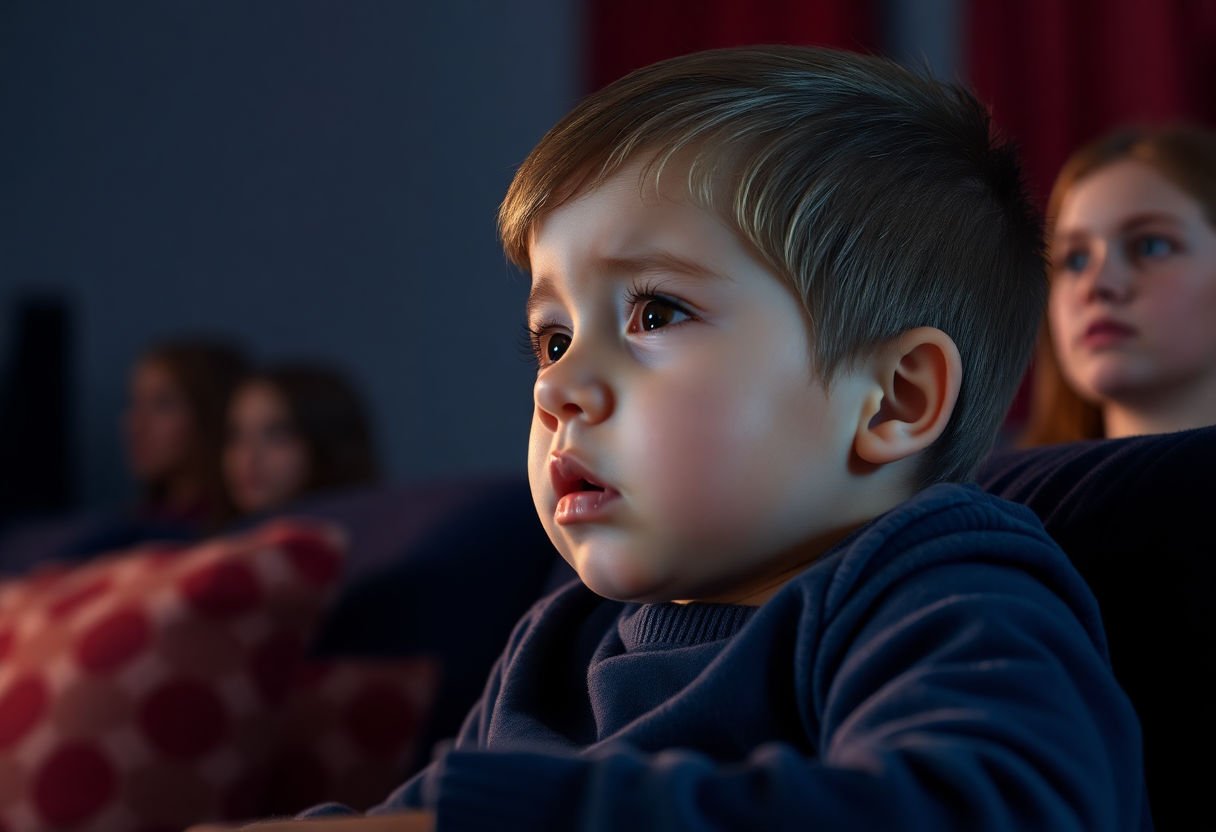
Movies play an important role in emotional development for children. Through movies, children meet characters who experience various feelings. They watch these characters face challenges and learn valuable lessons. This helps children recognize their own emotions and how to express them.
Movies often show real-life scenarios. A character might feel sad after losing a pet or happy when making a friend. These situations create opportunities for children to understand their own emotions. They see how characters handle problems and learn how they might deal with similar experiences in their lives.
In many films, characters express sadness, joy, anger, or fear. Children see how characters respond to these feelings and how they solve their problems. Movies become a guide, showing ways to manage emotions.
Through watching, children also learn empathy. They understand how others may feel in different situations. For example, seeing a character help another encourages kindness and understanding.
Children’s movies often end on positive notes. This gives them hope and teaches that problems can be solved. A happy ending shows that even when things seem tough, there is a way forward.
In summary, movies serve as a tool for learning about emotions. They provide both entertainment and lessons on handling feelings. As children watch, they learn about themselves and the world around them. With each movie, their emotional intelligence grows, helping them navigate life’s many emotions.
Inside Out: Understanding Core Emotions
“Inside Out” is a standout film for kids. It helps them understand their core emotions by bringing them to life inside the mind of a young girl named Riley. The movie shows joy, sadness, anger, fear, and disgust as colorful characters. These emotions guide Riley through life’s ups and downs.
Joy always wants Riley to be happy. Joy often takes charge, trying to keep everyone cheerful. Imagine a sunny day. Joy is like the sunshine that brightens everything.
Sadness has a different role. It seems like sadness makes everything blue, but sadness is important. It helps Riley appreciate happy moments more. Sometimes, you need to feel low to understand what makes you feel high.
Anger looks like a small red-hot fire. Imagine a tea kettle about to whistle. That’s anger. It pushes Riley to stand up for herself. But uncontrolled, it can boil over.
Fear keeps Riley safe. Think of fear as a warning bell. It helps Riley avoid danger or making mistakes. But too much fear can hold you back.
Disgust protects Riley from potential ‘yuck’ moments. Like a green light, it stops Riley from not-so-great choices, keeping her out of trouble.
“Inside Out” uses humor and fun to teach kids about emotions. The film shows it’s normal to feel mixed emotions. It encourages kids to talk about feelings. By doing this, they can learn to manage their inner world better.
The Impact of Animated Characters on Emotional Learning
Animated characters hold a special place in the hearts of children. They can make a big impact on emotional learning. Through their bright colors and big expressions, animated figures teach kids about feelings. They use exaggerated smiles, frowns, and tears to show emotions clearly.
When a character feels scared, their eyes might get wide. A character who is angry might have steam coming from their ears. These actions help kids understand emotions better. Kids see these clear reactions and learn to name what they feel. It’s like learning a new language but one that everyone can understand.
Think about a show where a character loses a toy. The sadness of the character becomes a lesson on loss for the child watching. Kids can relate, remembering when they lost something dear. Or, a hero who stands up to a bully shows courage. This inspires kids to be brave too.
Here are some reasons why animated characters help with emotional learning:
- Clear Visuals: Emotions are shown in big, easy-to-see ways.
- Relatable Stories: Characters face problems kids also face.
- Strong Messages: Teach lessons about honesty, kindness, and bravery.
Richard Scarry once said, “Everything has an emotion.” Animated stories bring these emotions to life. They make them clear for kids to see and understand. Through laughter and tears, animated characters teach kids about being human. They help children understand themselves and those around them.
The Lion King: Grief and Responsibility

In The Lion King, the story of Simba captures the heart. When Simba’s father, Mufasa, dies, Simba faces grief. This loss teaches him sadness but also courage. Kids see how Simba deals with this heavy feeling. He runs away, scared and alone. Yet, with friends like Timon and Pumbaa, Simba learns to smile again, one step at a time.
Grief in this movie shows children a natural part of life. It comes when we lose someone or something we love. But through Simba’s journey, kids learn they can find joy again. They learn grief does not last forever.
The movie also talks about responsibility. Simba must return and face Scar, who has taken over the Pride Lands. This is hard for him. He learns it’s not just about himself but about others too.
Taking responsibility comes with growing up. Even when Simba feels unsure, he steps forward. Kids can relate to Simba’s struggles and his growth. It’s like when they have chores or help with younger siblings. The movie teaches that responsibility can feel scary but brings strength.
Simba’s story connects with young viewers. It gives them examples they can understand and see in their own lives. Grief shows them pain. Responsibility shows them strength. Together, these lessons leave a big impact.
Finding Nemo: Trust and Letting Go
Finding Nemo teaches about trust and letting go. In the film, Marlin, a clownfish, worries about his son, Nemo. He often feels scared of the ocean’s dangers. Marlin believes he must protect Nemo all the time. But when Nemo gets captured, Marlin learns a new lesson.
Marlin meets Dory, who shows patience and friendship. He starts to realize that he cannot control everything. With Dory’s help, he understands that letting go does not mean he does not care.
Parents relate to Marlin’s journey. They want to keep their children safe. But they learn they must let kids explore and learn from mistakes. By trusting Nemo, Marlin gives him room to grow. In the end, Nemo finds his way home.
- Trust helps everyone feel valued.
- Letting go allows for learning and growth.
Children can learn from Nemo and Marlin’s story. They see that trust builds strong relationships. Trusting means believing in others’ abilities. Sometimes letting go is an act of love.
Nemo’s story reminds us: growth includes making choices and learning from them. Marlin learns that trust and letting go are part of loving someone.
The Secret Life of Pets: Overcoming Jealousy
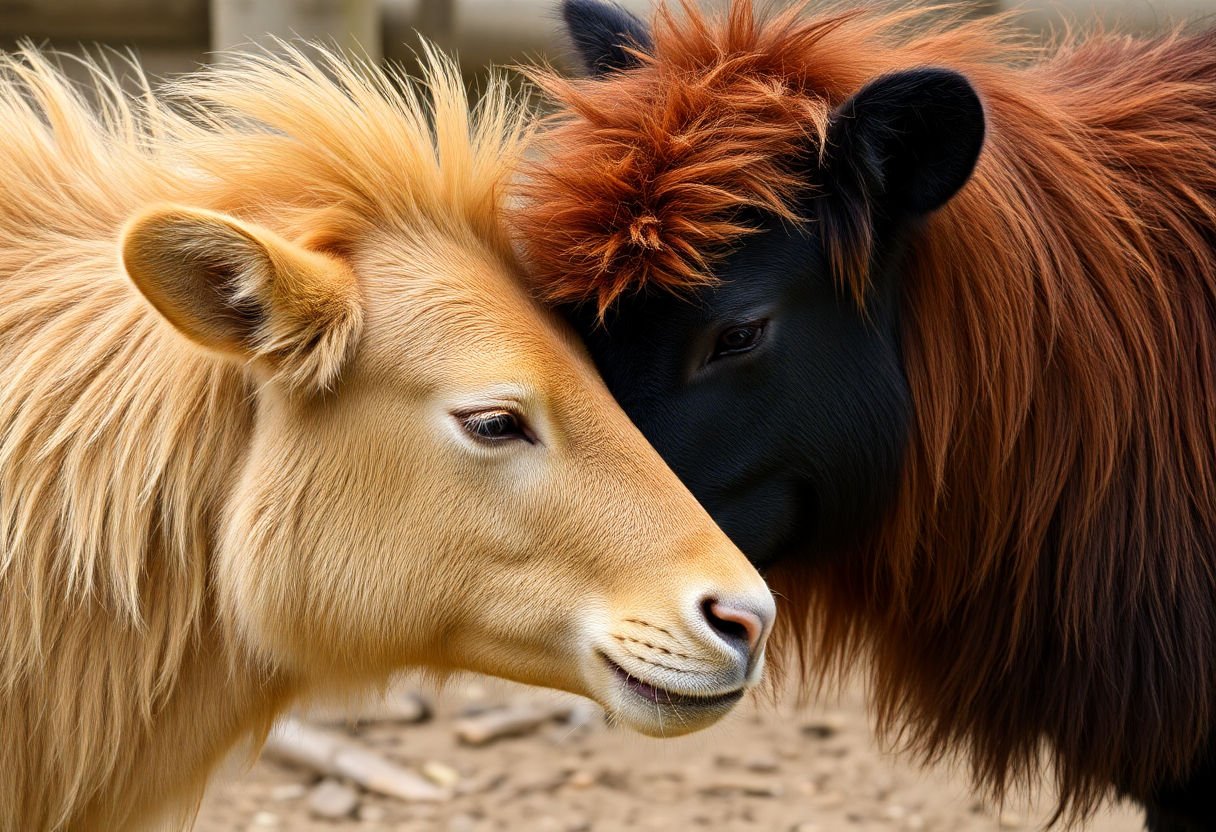
“The Secret Life of Pets” tells a story that touches on jealousy. Pets, like people, sometimes feel jealous. The movie shows how they deal with it, and what comes next.
In the movie, Max the dog feels jealous when his owner brings home a new pet, Duke. Think of it like when a new sibling enters the family. Max feels unloved and worries he will not get attention. This causes tension. Max and Duke do not get along at first.
Jealousy often makes people do things they would not normally do. Max tries to keep Duke away. They both get into trouble. Kids watching can see how these feelings harm friendships.
The story uses humor. It shows that forming new friendships brings joy. It also shares that being open with feelings helps. Max learns that sharing attention is not bad. Friendship can grow from hard situations.
By the end, Max and Duke become friends. They help each other through their adventures. The movie gives a fun look at how pets overcome jealousy. This teaches kids that working through feelings makes relationships stronger.
Here are some takeaways from the movie:
- Jealousy is natural but can be harmful.
- Friendship requires understanding and patience.
- Sharing love does not reduce it.
Through light-hearted storytelling, the movie teaches how pets and people go through jealousy to find happiness. Watching this film, kids can see that everyone has room in their hearts for new friends.
Toy Story: Friendship and Cooperation
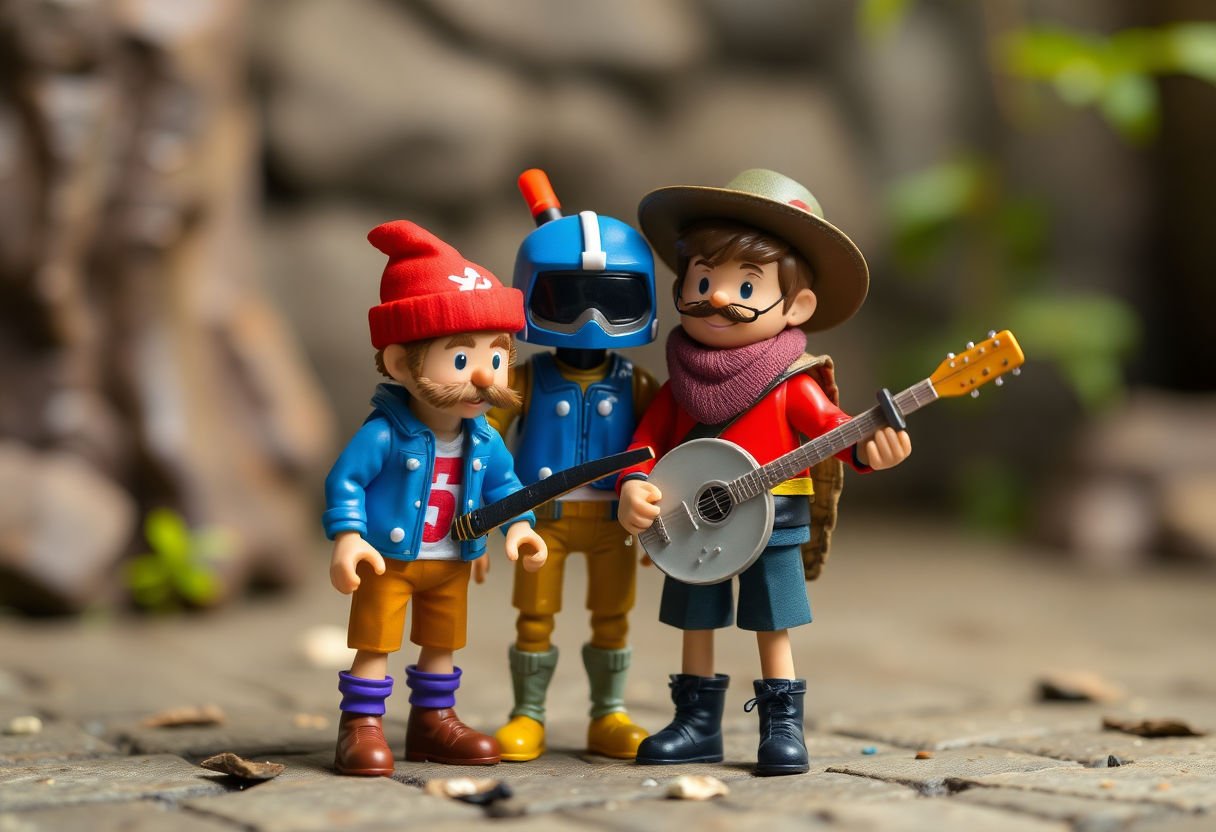
In the world of toys, Woody and Buzz Lightyear show how much friendship and cooperation matter. These characters teach kids that working together makes things better. Woody, a cowboy doll, faces the challenge of accepting Buzz, a space ranger, as part of the group. At first, they cannot get along. But as they go through adventures, they learn to trust and support each other.
Teamwork shines when Woody and Buzz need to escape challenges. They face problems that seem too big to handle alone. By joining forces, they solve them. This teaches kids that two heads are better than one. Real friends help each other through thick and thin.
Toy Story includes many memorable moments. For example, Woody helps Buzz understand the true meaning behind “falling with style.” Buzz learns he does not need to be a real space ranger to be special. Kids learn that accepting differences is part of true friendship. This lesson is vital for growing strong, supportive relationships.
Key themes in Toy Story:
- Teamwork: Working together to solve problems.
- Friendship: Supporting friends in both good times and bad.
- Acceptance: Embracing each other’s unique traits.
Through the lens of these animated toys, viewers enjoy a fun story packed with life lessons. Toy Story reminds us that cooperation and friendship can turn any difficult moment into an adventure.
Frozen: Self-discovery and Acceptance
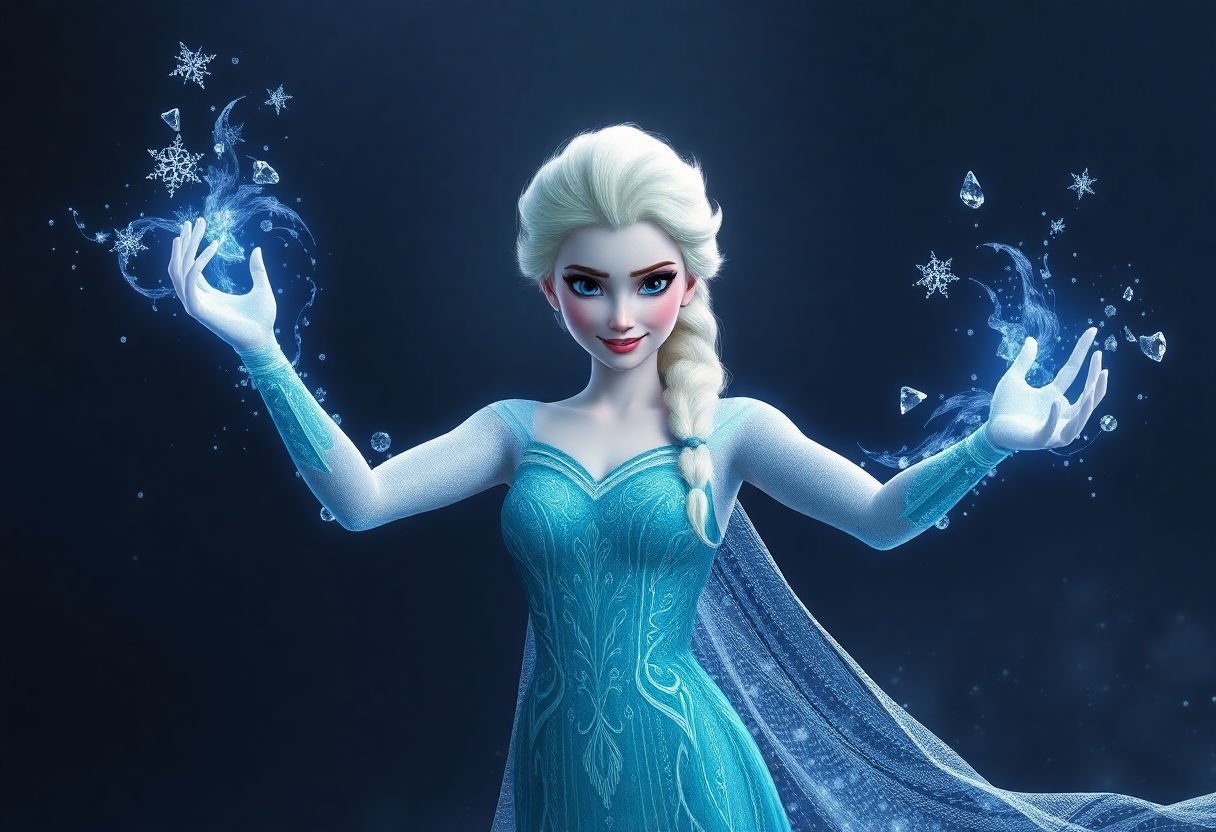
Frozen tells the story of two sisters, Anna and Elsa. They live in the kingdom of Arendelle. Elsa, the older sister, has magical powers to control ice and snow. At first, Elsa hides her powers. She does not want others to see her different abilities. But hiding makes her feel alone and scared.
The movie shows Elsa’s journey to understand who she is. She leaves the kingdom and builds an ice castle. The beautiful castle represents her freedom and her fear. Elsa’s famous song, “Let It Go,” shows her decision to accept herself. She learns she is not bad for being different.
On the other side, Anna is on a quest. She wants to bring her sister back. Anna’s journey teaches about love and bravery. It shows that understanding others is important. The bond between the sisters is a key element. It teaches that accepting who you are matters.
Children watching Frozen see two main lessons:
- Be True to Yourself: Accept who you are, even if you are different.
- The Power of Love and Support: Having people who understand you is important.
The magical story is not just about ice and snow. It is about finding yourself and being okay with who you are. Frozen reminds everyone that embracing what makes you unique is powerful. Kids learn they do not need to hide what makes them special.
Conclusion
Movies do more than entertain; they teach kids about feelings. Films like Inside Out and Frozen offer lessons on emotions and self-discovery. By choosing films with depth, we help kids understand their emotions better. This aids in their emotional growth. Watching with family can enhance these lessons, creating a shared understanding. Encourage kids to talk about what they watch. This way, movies become tools for learning, not just fun.
Frequently Asked Questions
Are these movies appropriate for all ages?
Most of these films are suitable for a broad range of ages. Parental guidance can help assess any themes that might require a bit more maturity.
Can watching these movies help my child learn empathy?
Yes, these films often depict various emotions and reactions. They help children see situations from different perspectives and build empathy.
How often should my child watch such movies?
Balance is key. Regular movie nights, paired with discussions about the film’s themes, can foster emotional growth without overwhelming them.
Should I discuss the movie’s theme with my child afterward?
Definitely. Discussing the film helps reinforce learning. It gives children a chance to express their thoughts and learn from the story.
Are animated movies better for teaching emotions?
Animated films often showcase emotions through vibrant expressions and scenarios. This makes these feelings easier for young minds to grasp.
